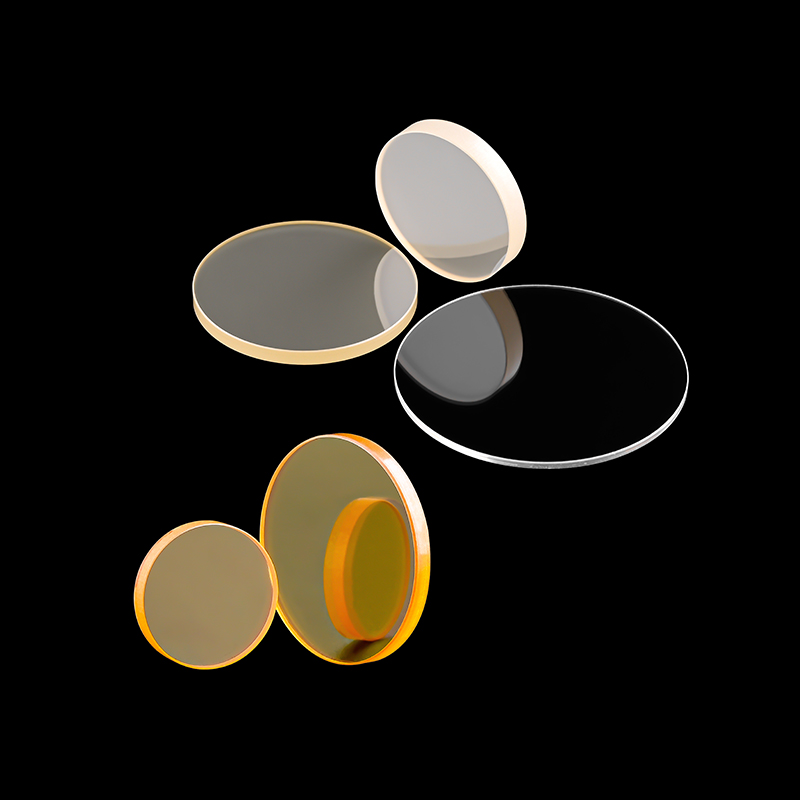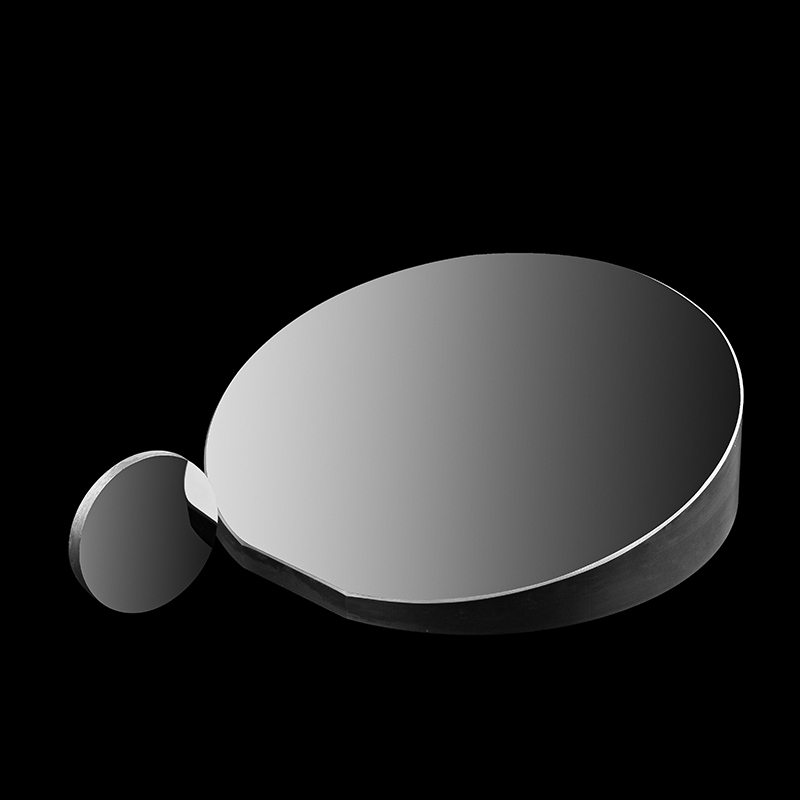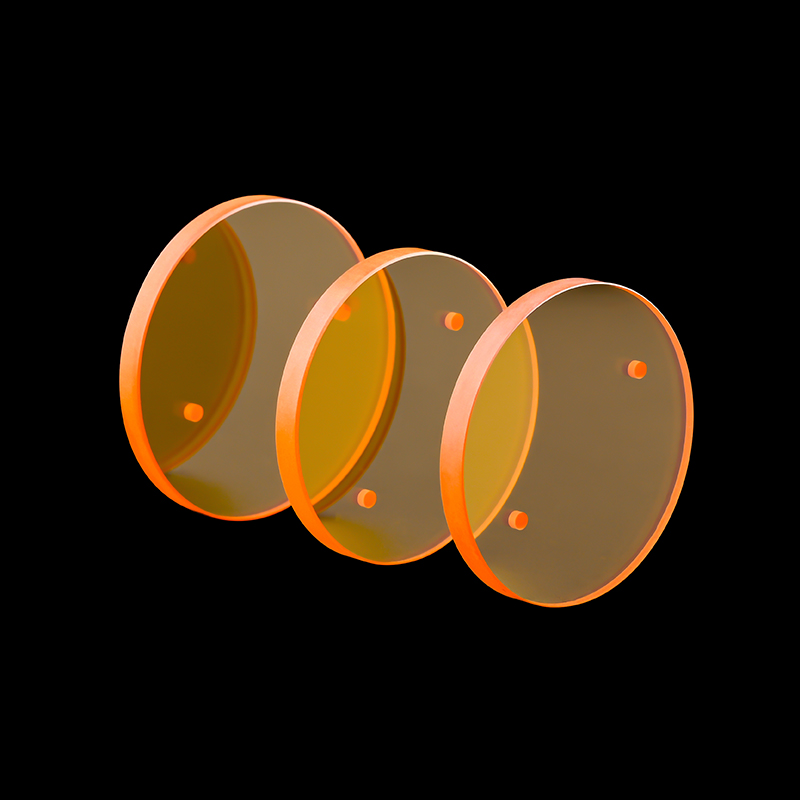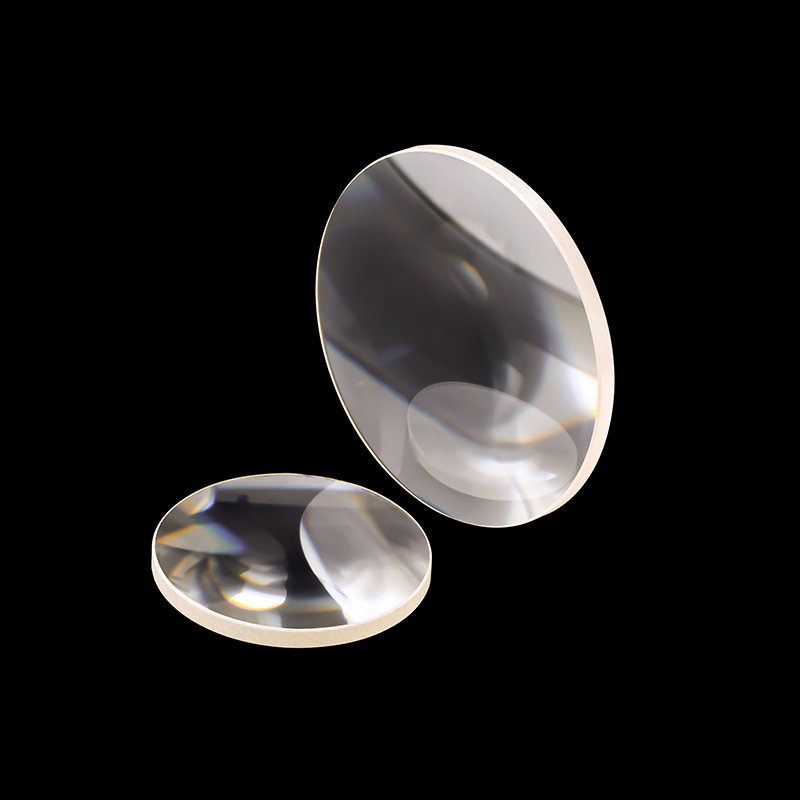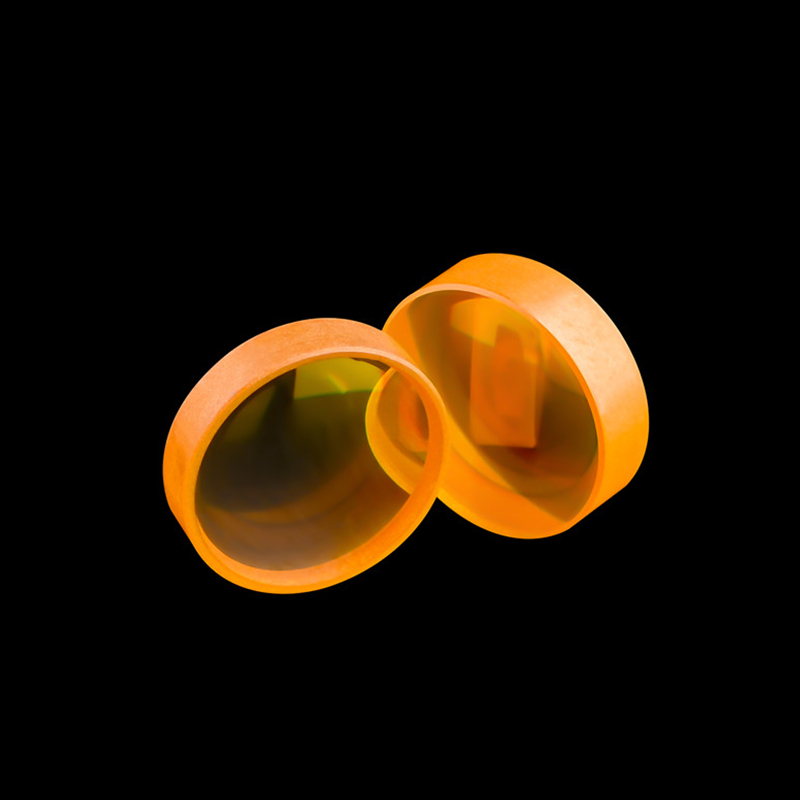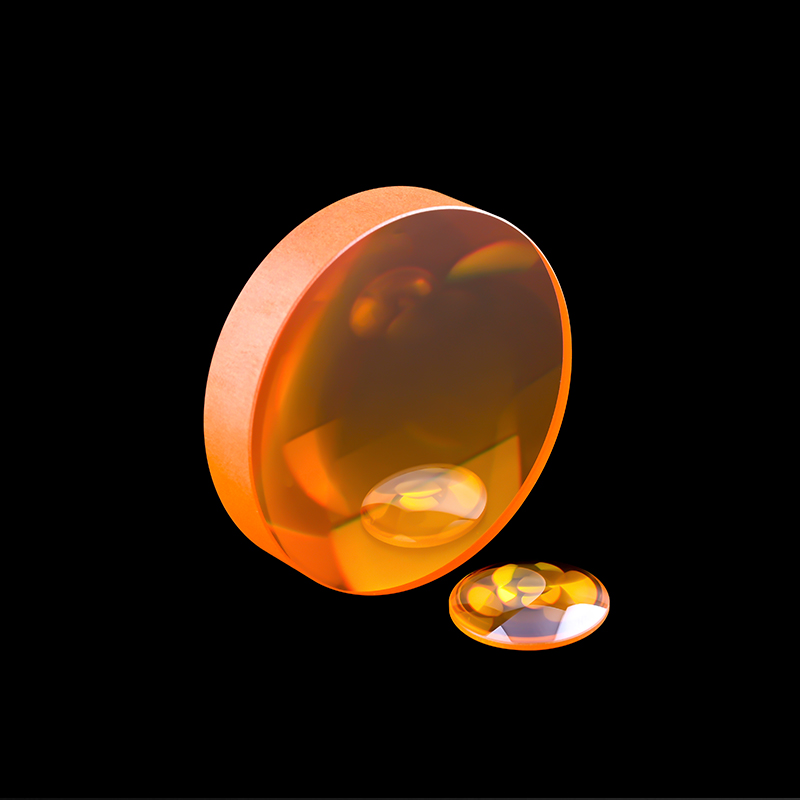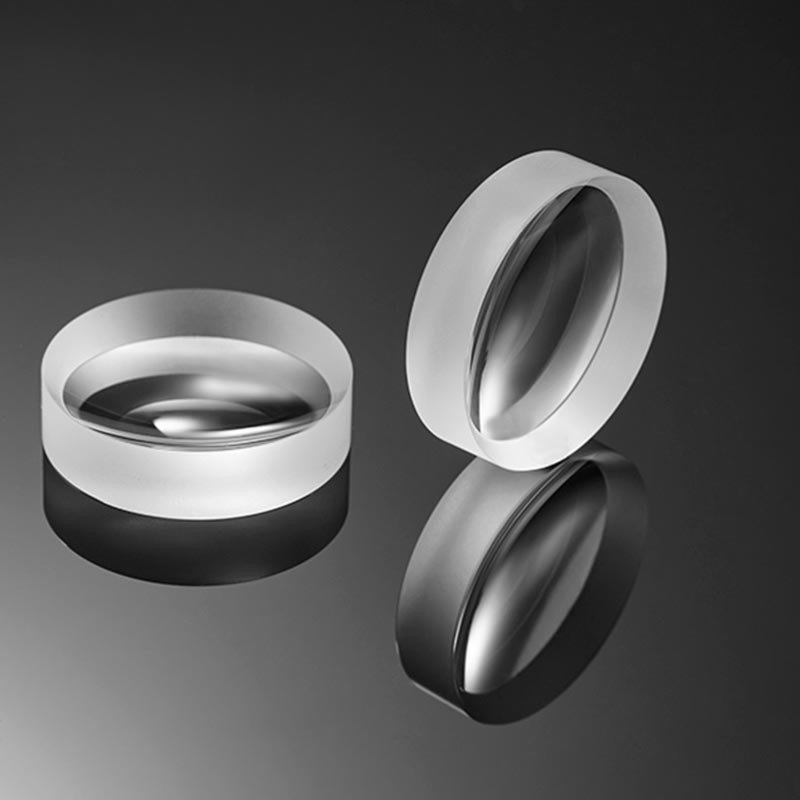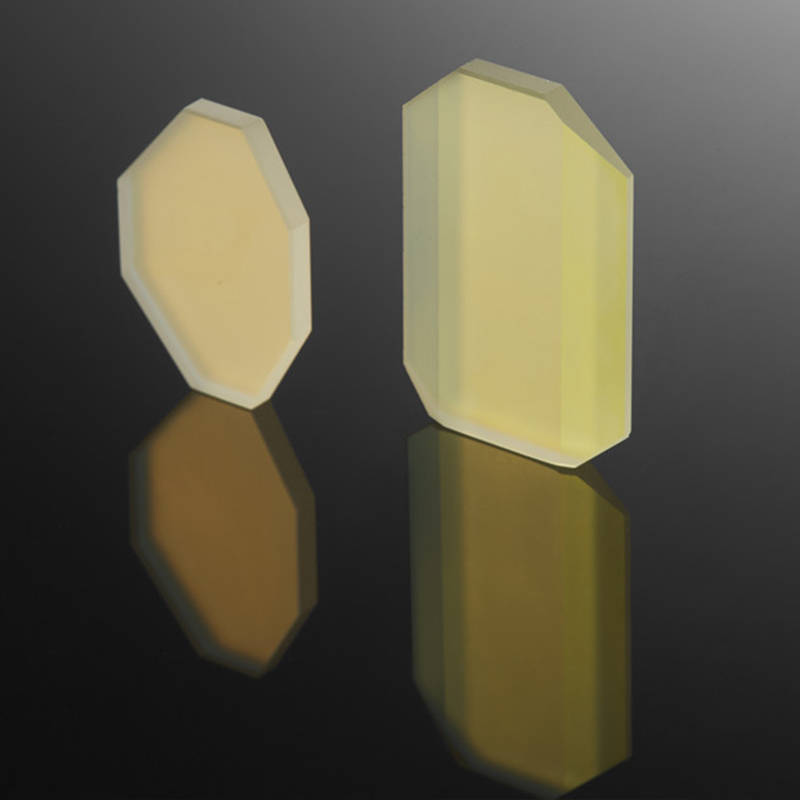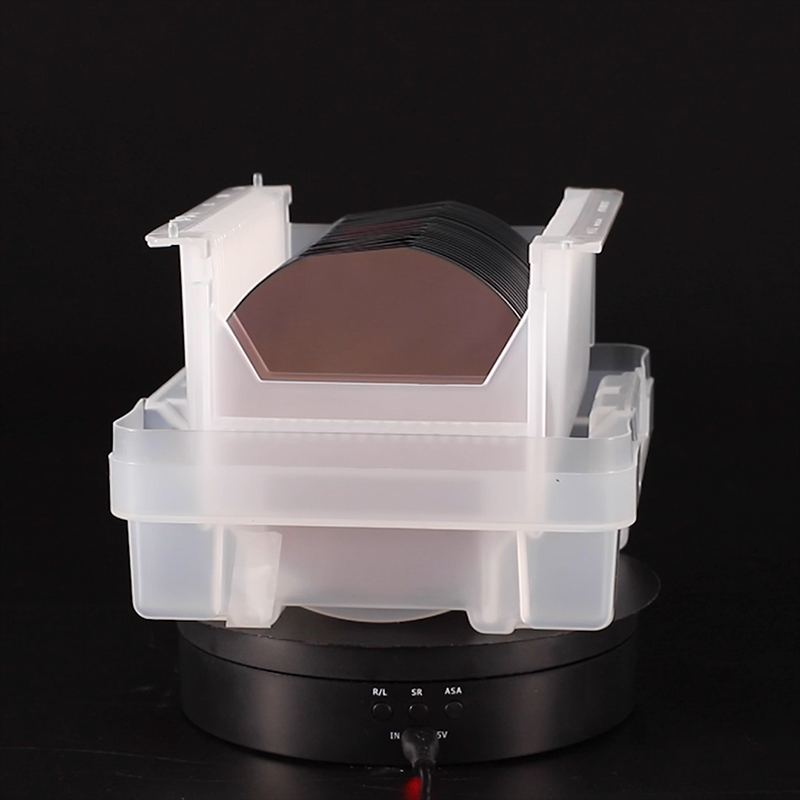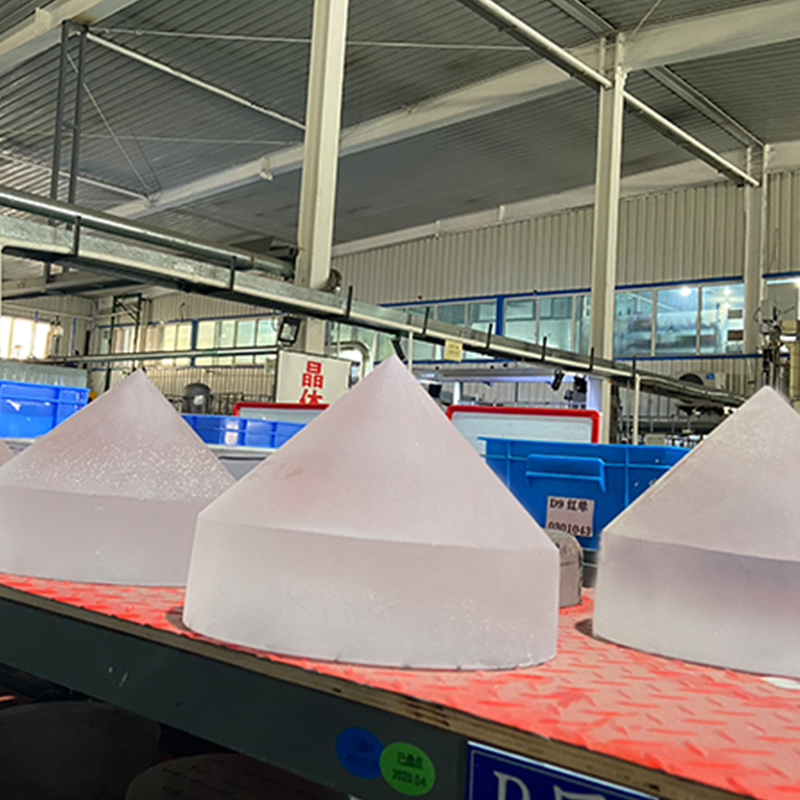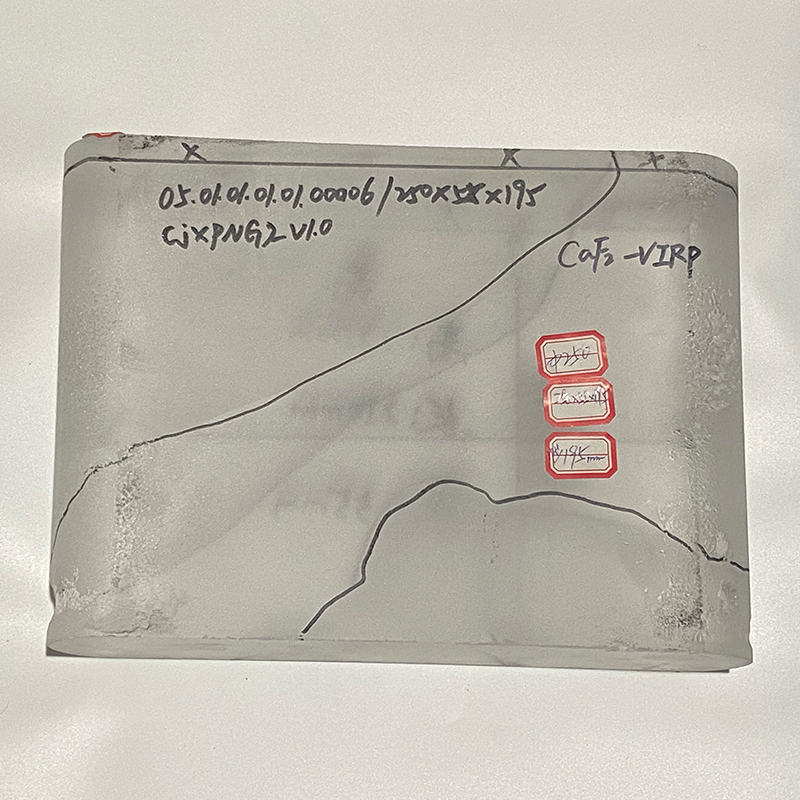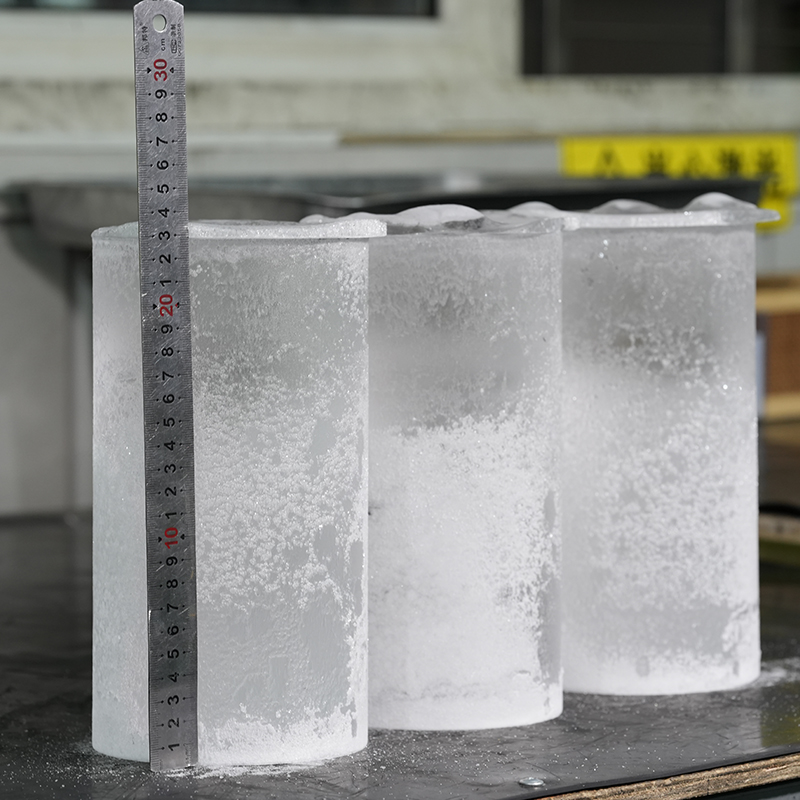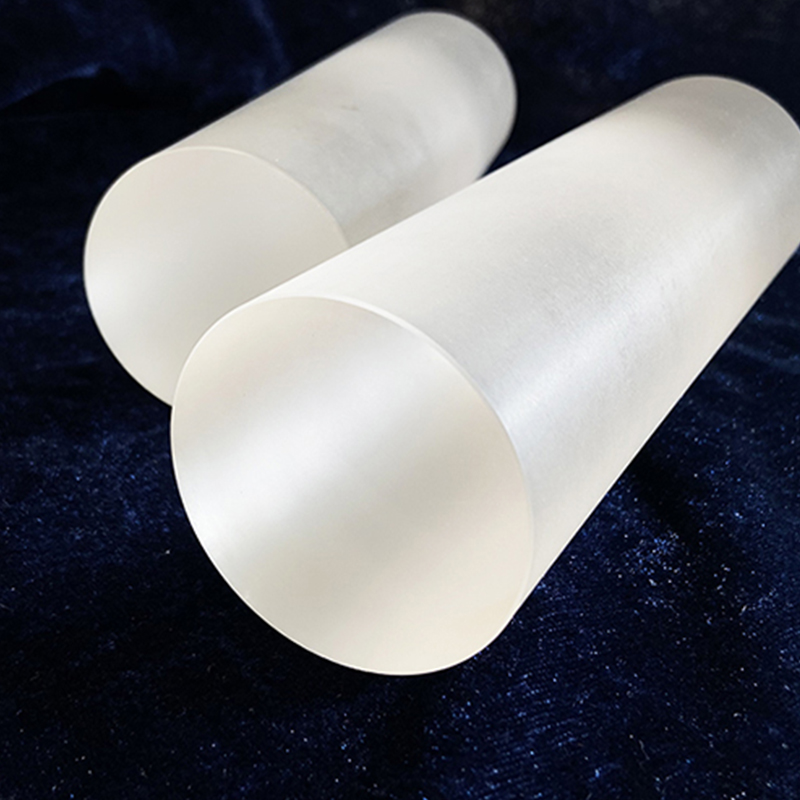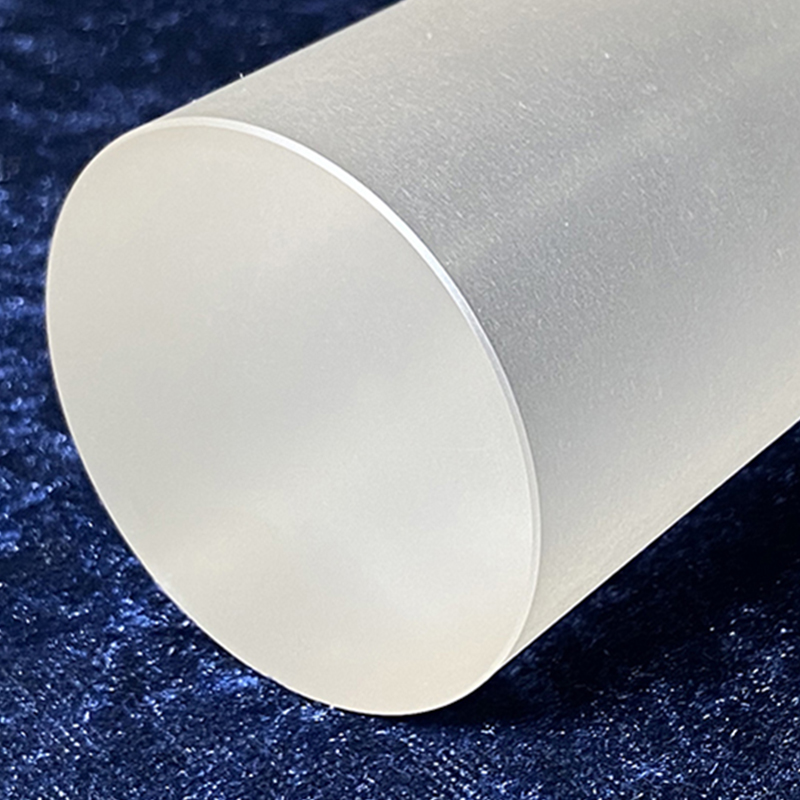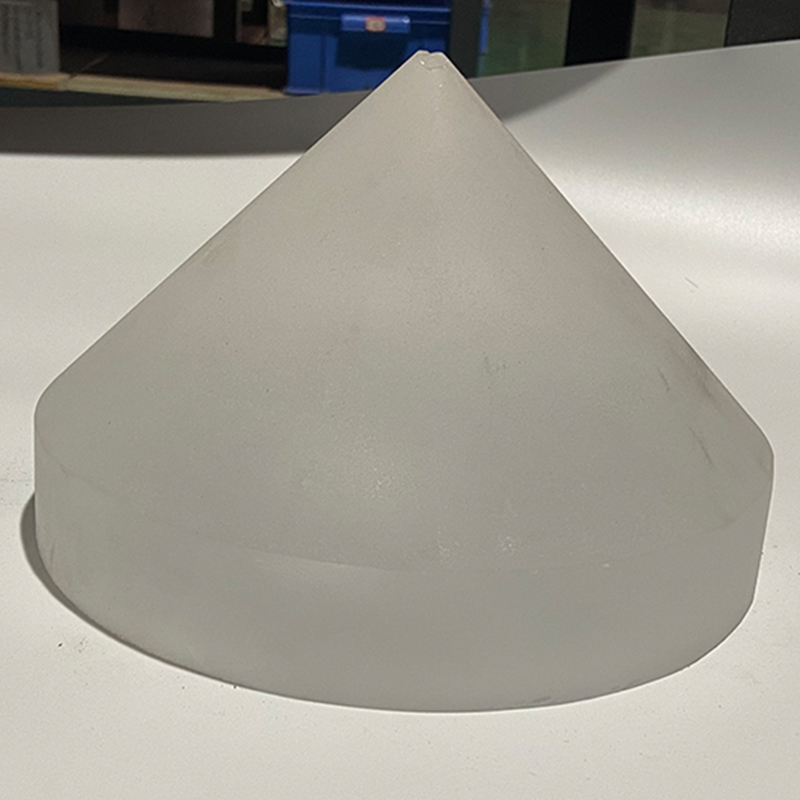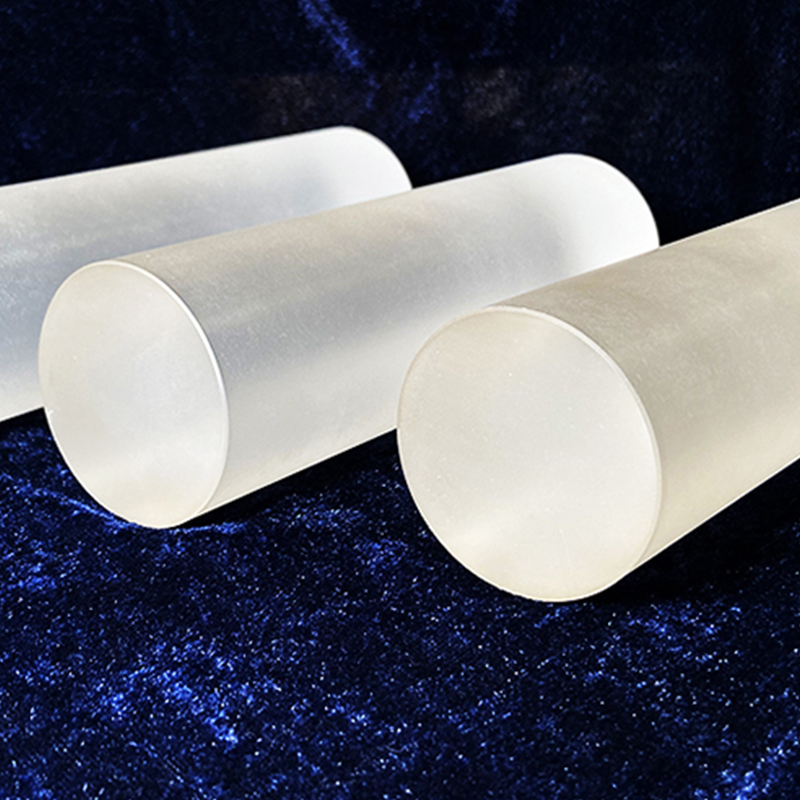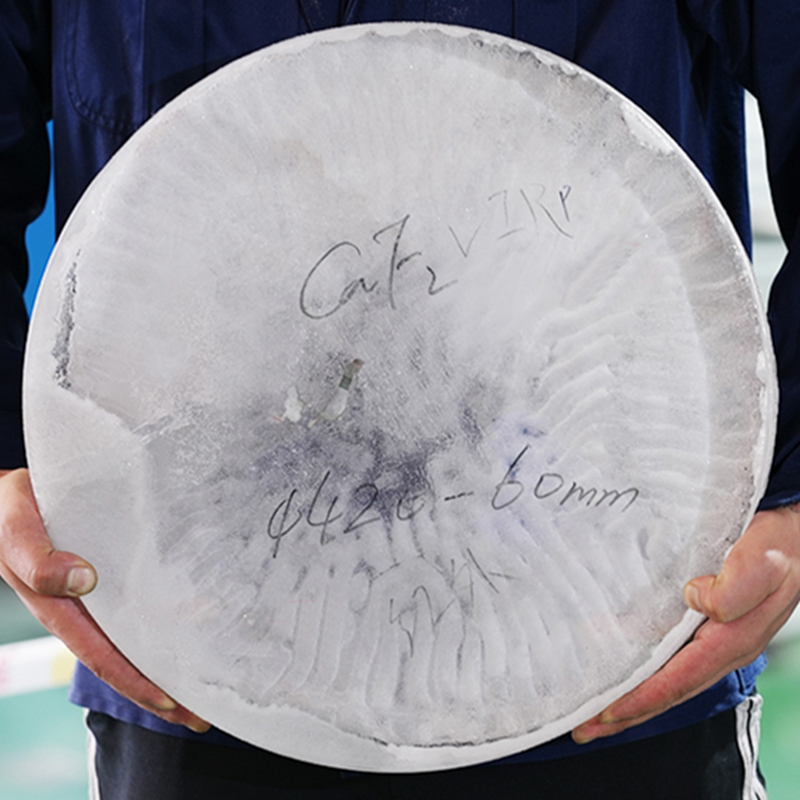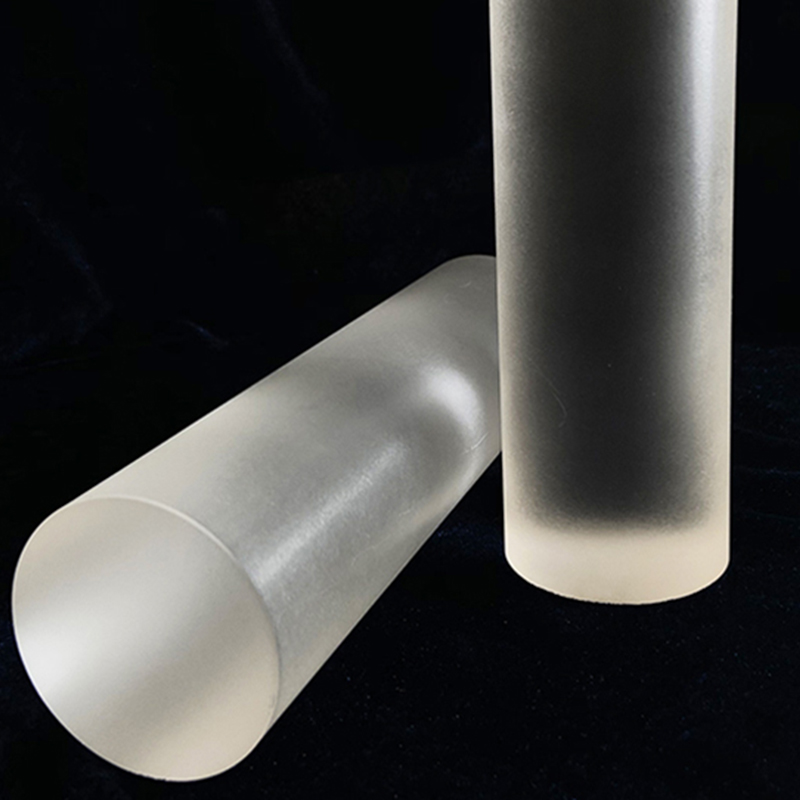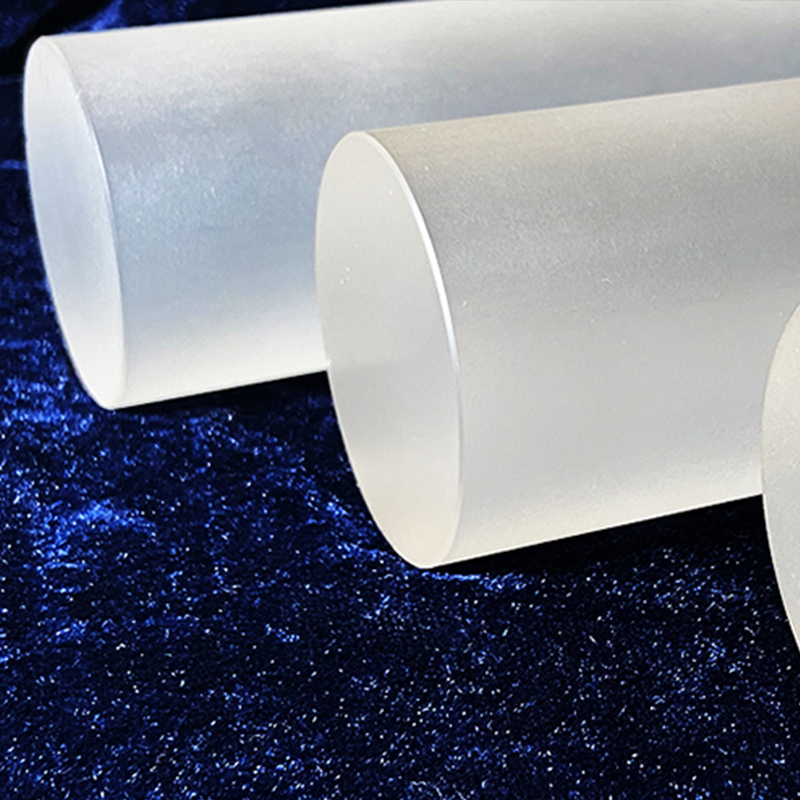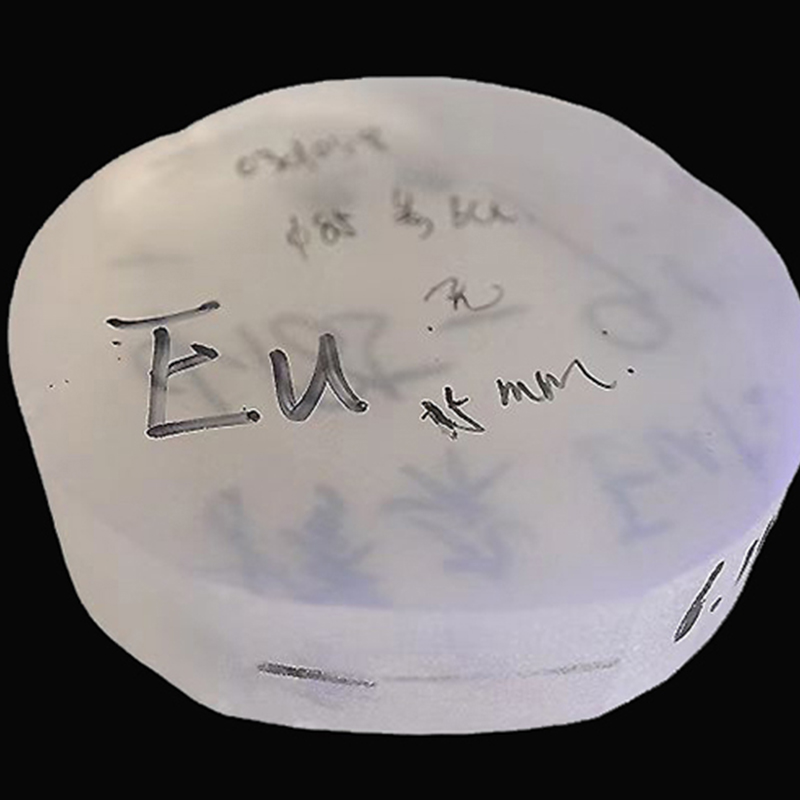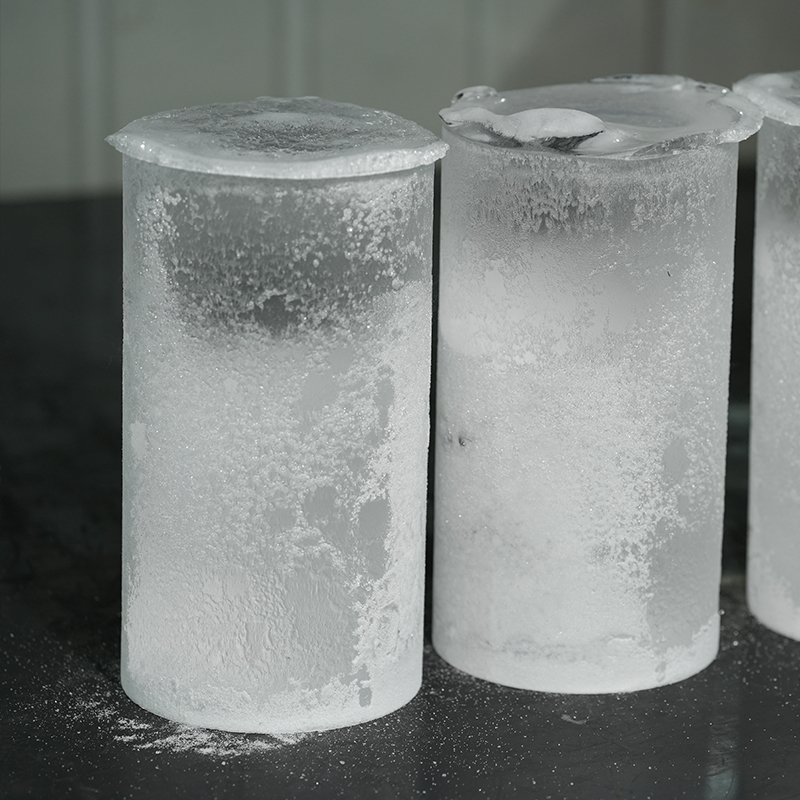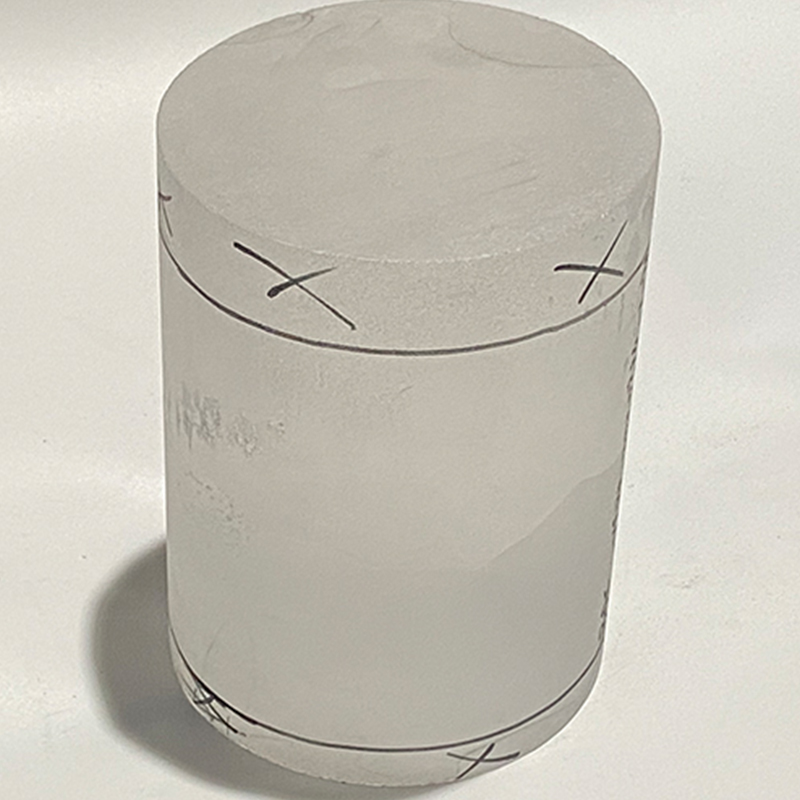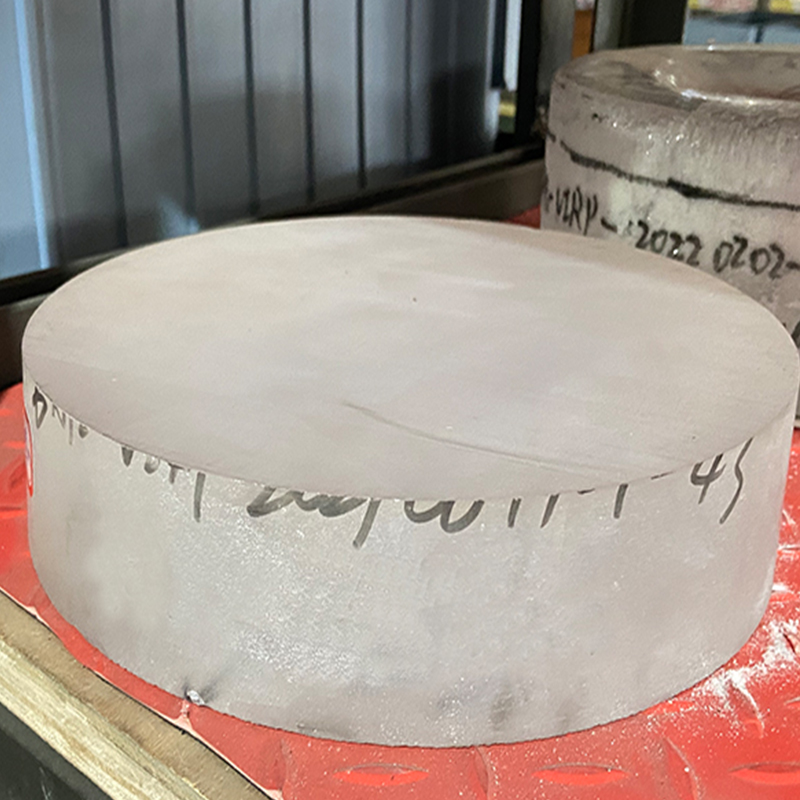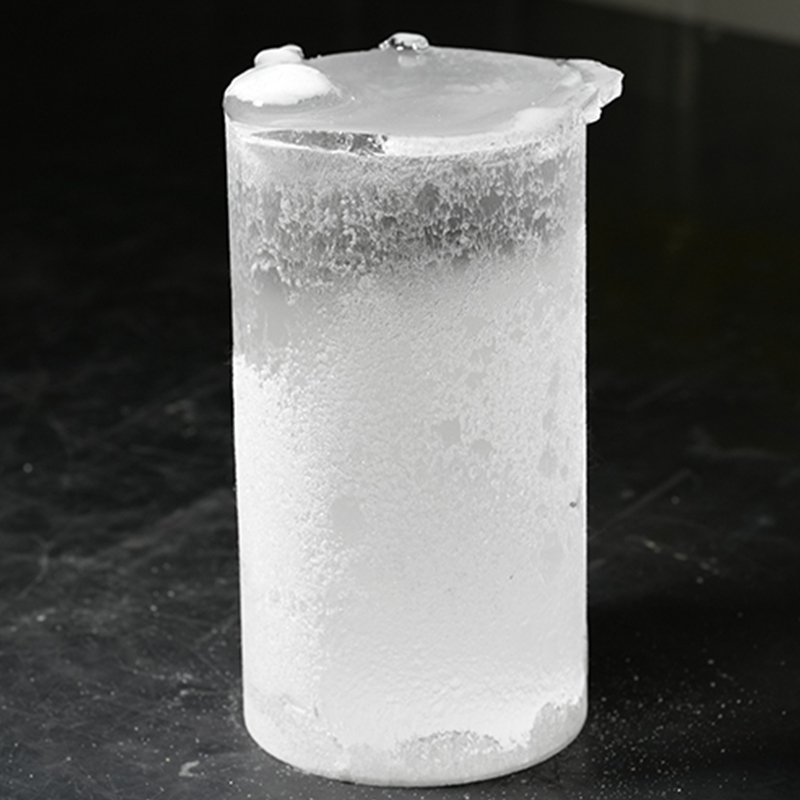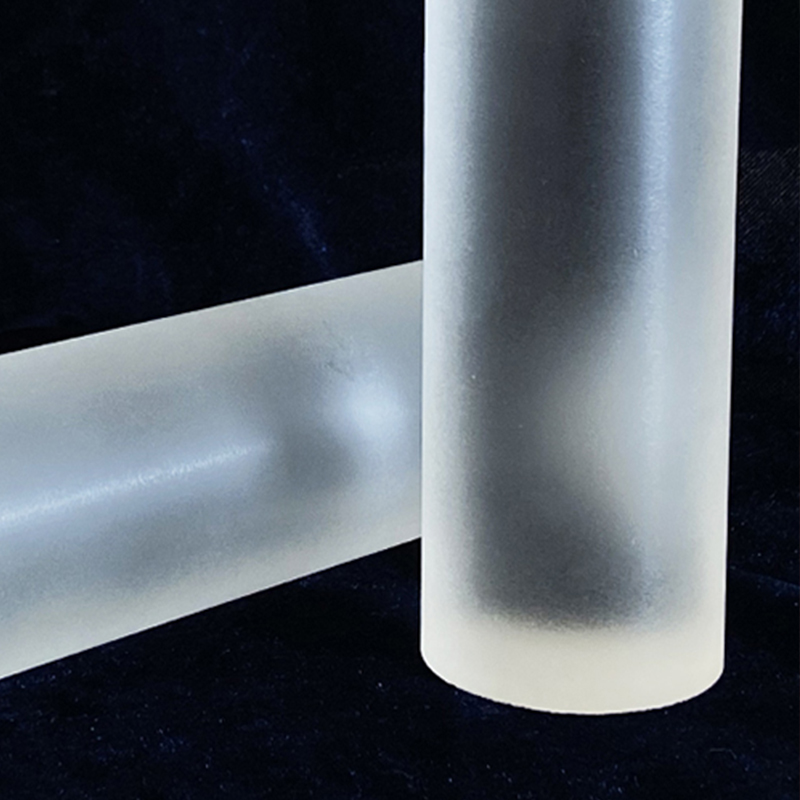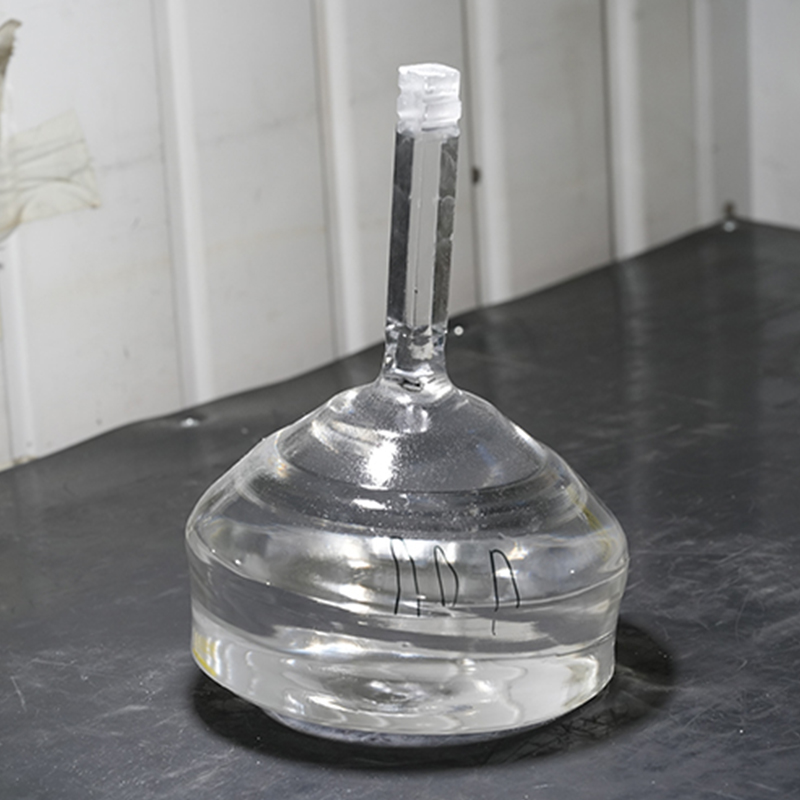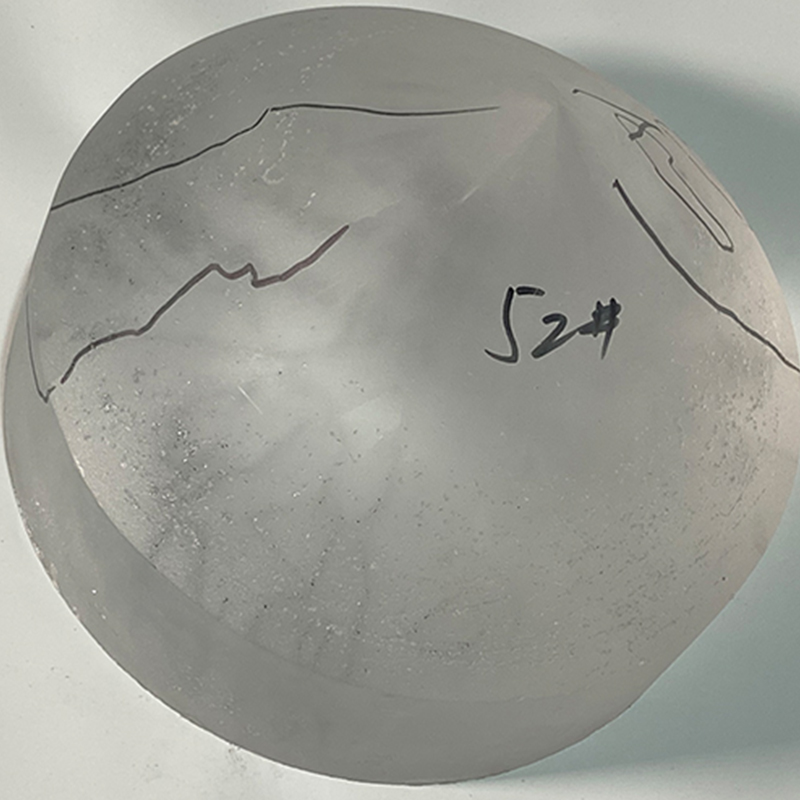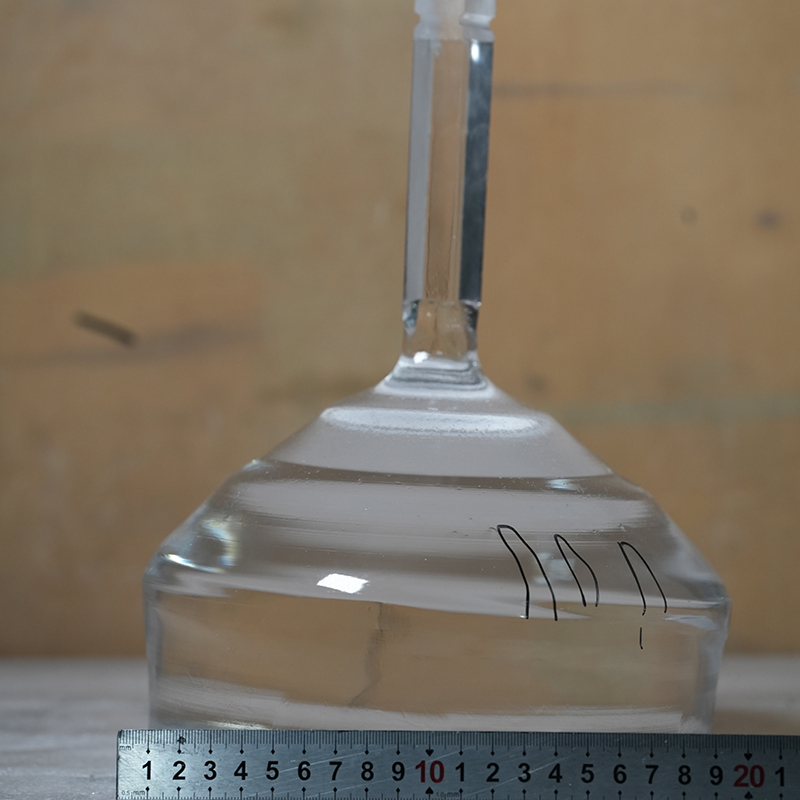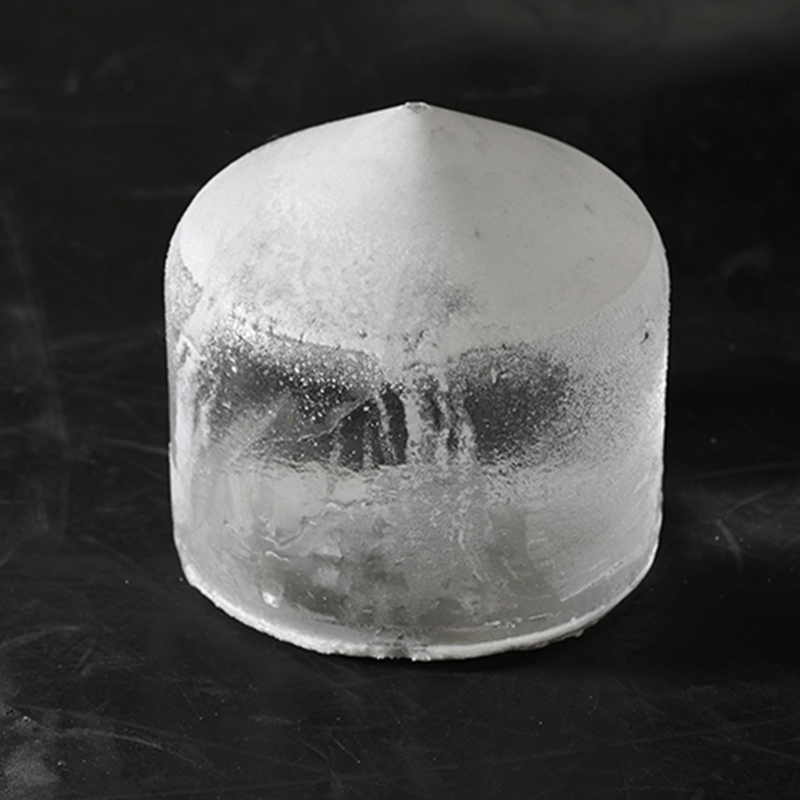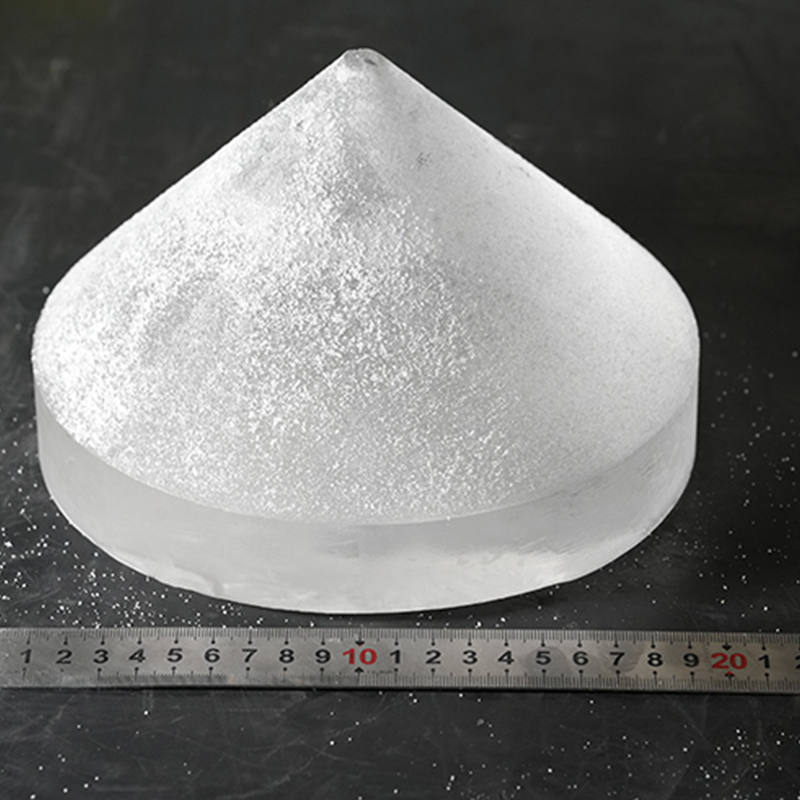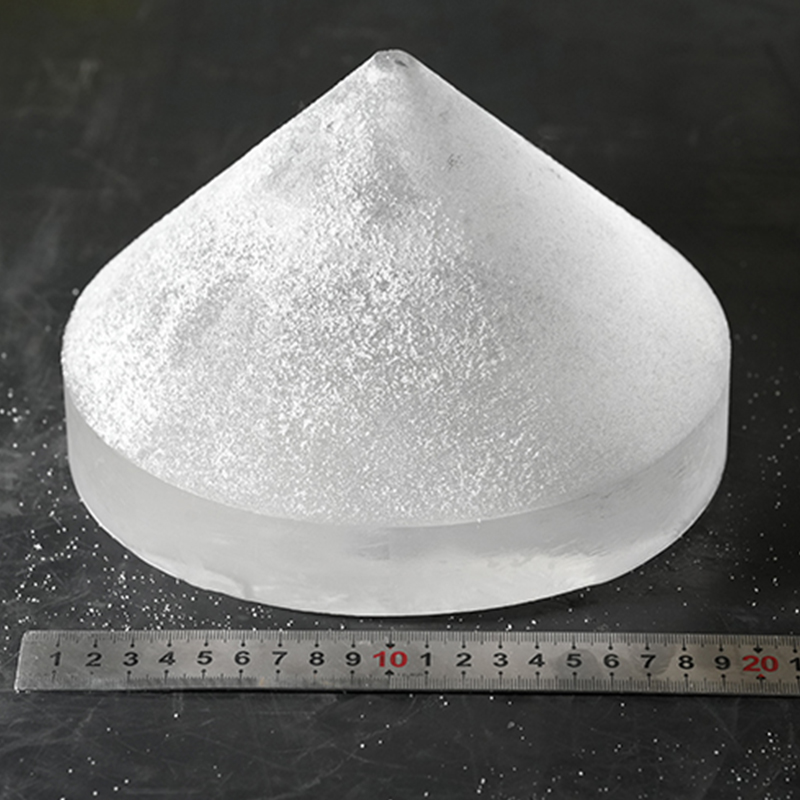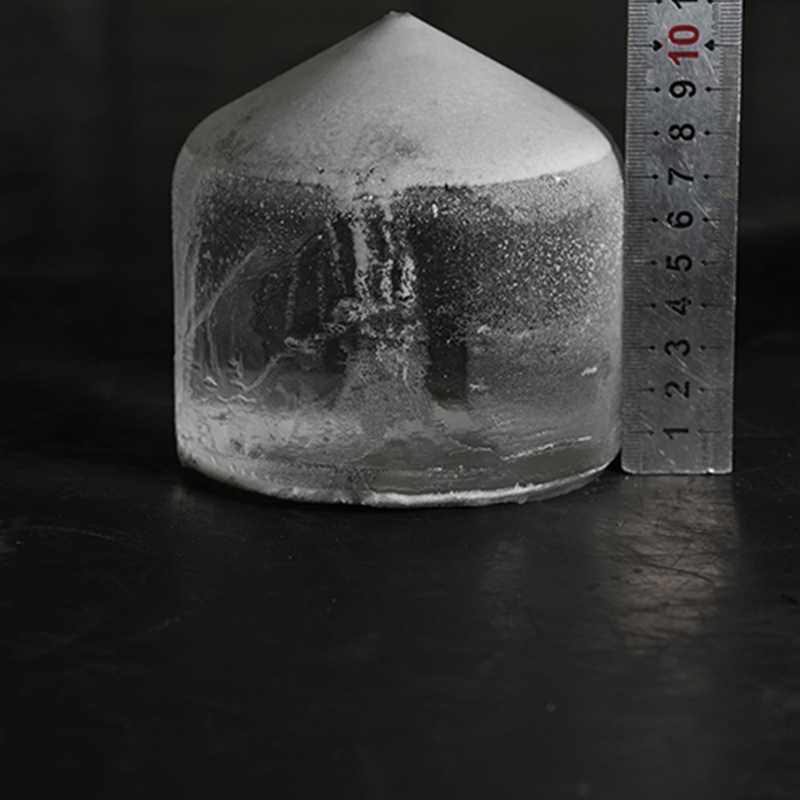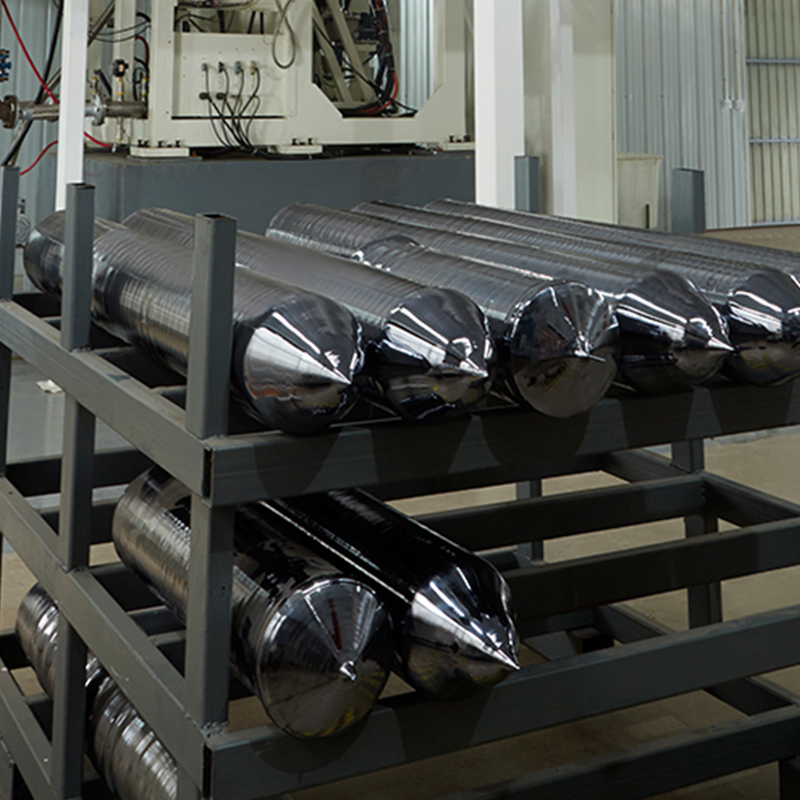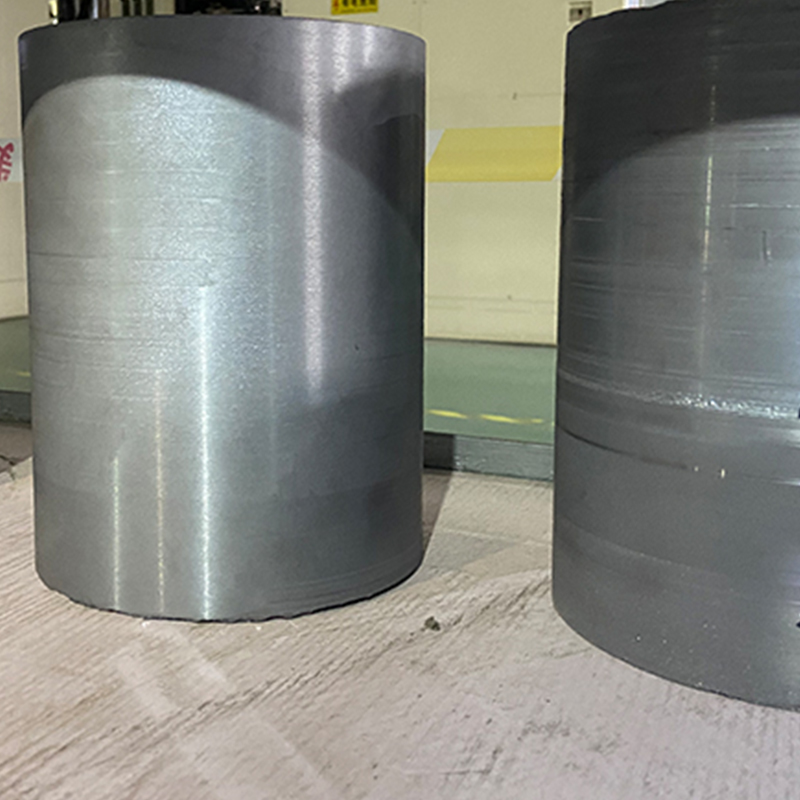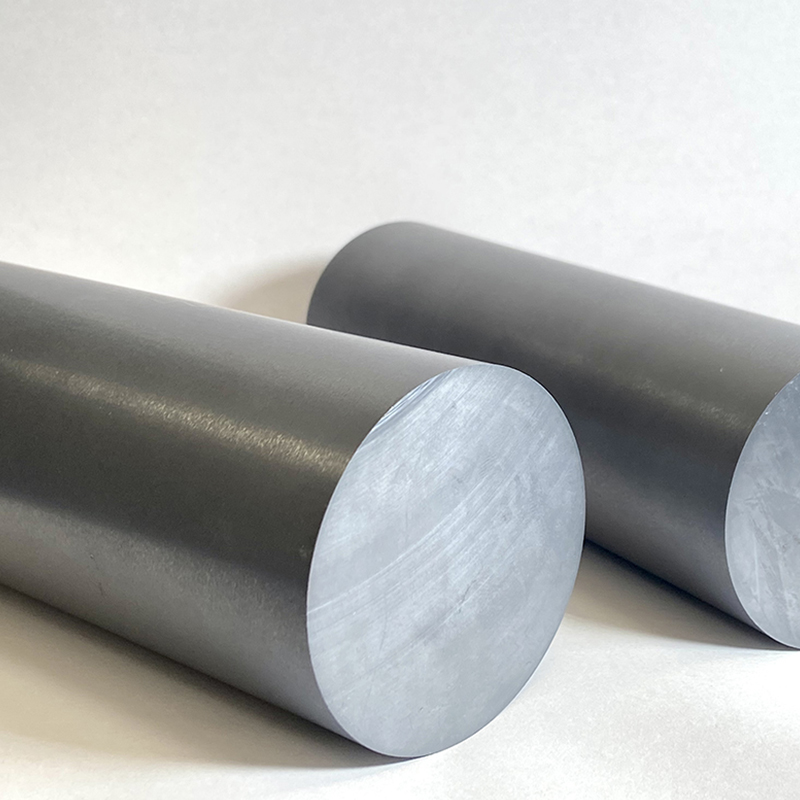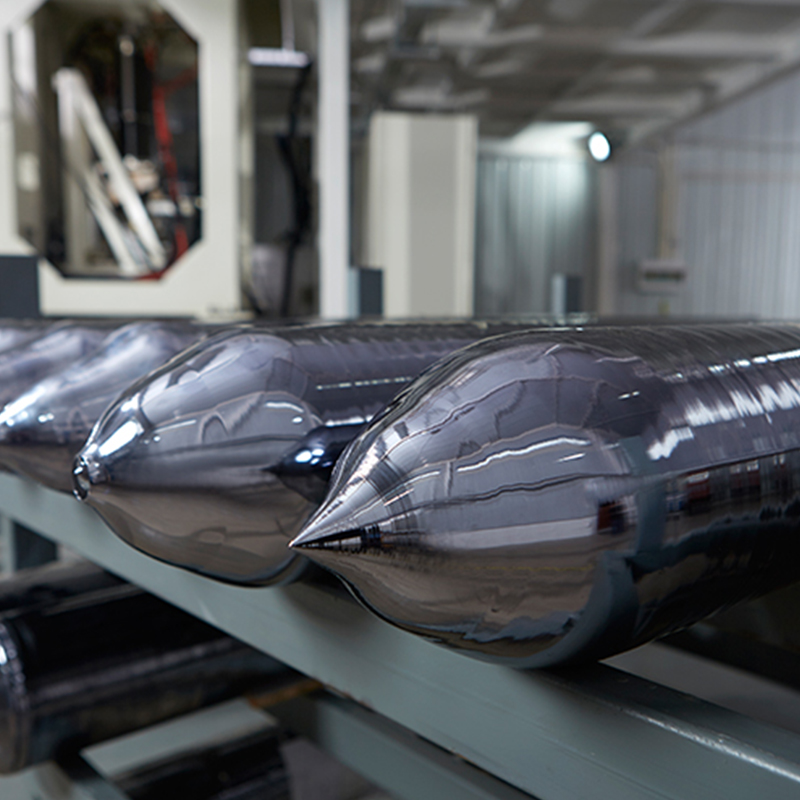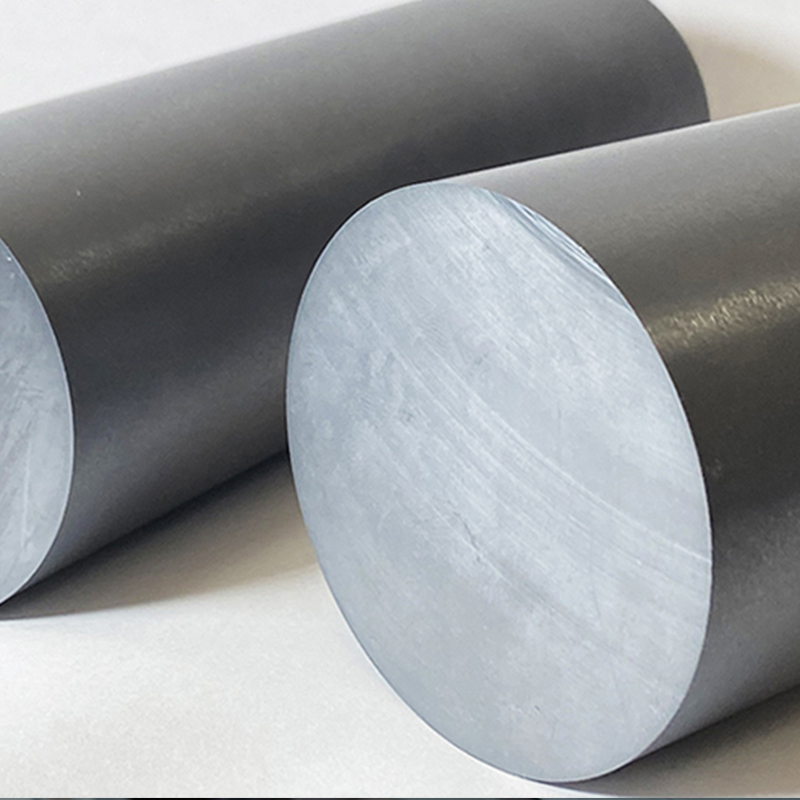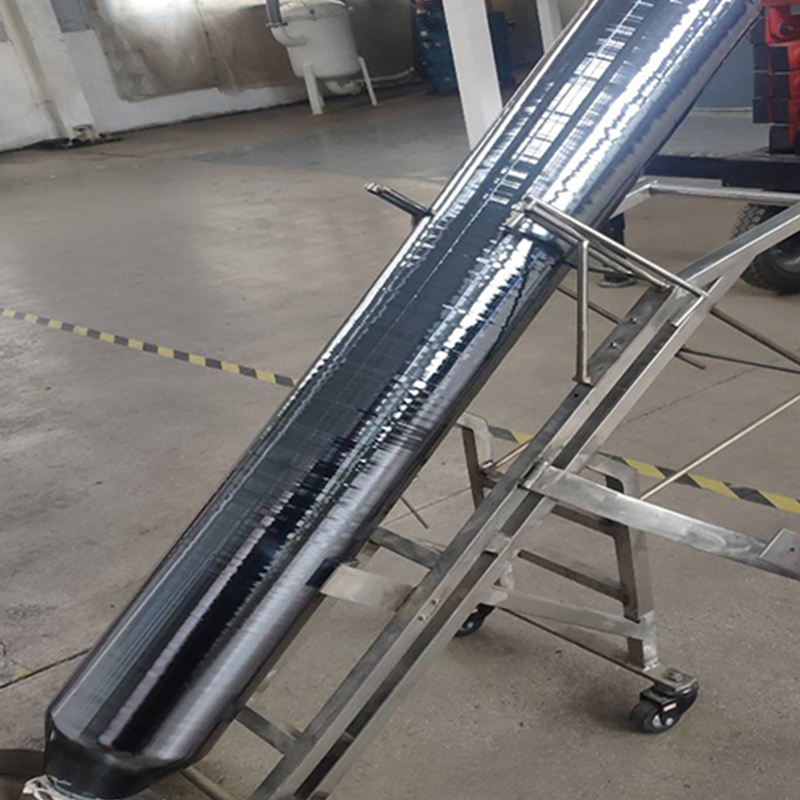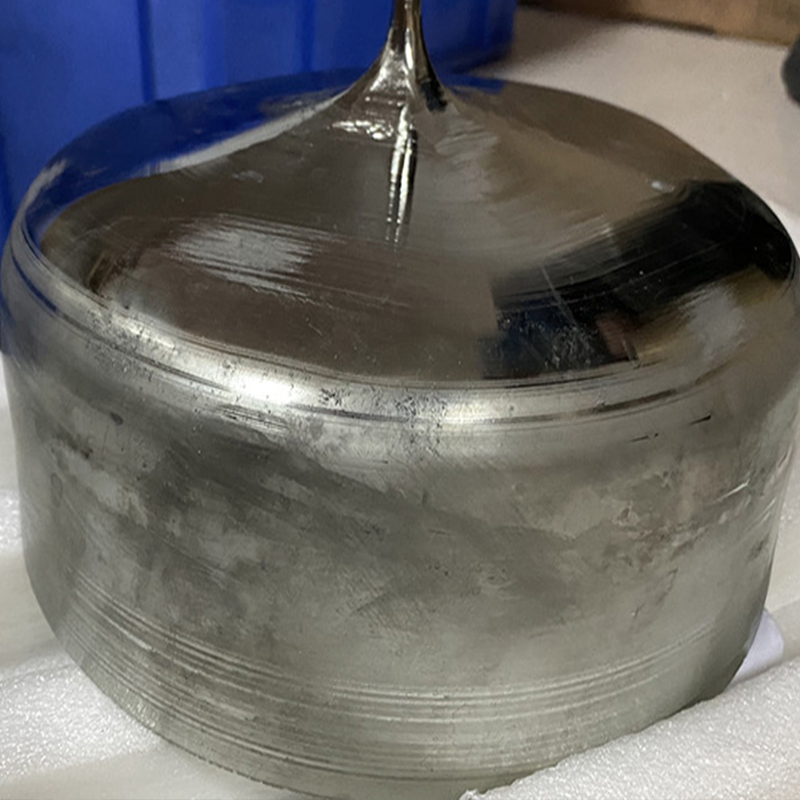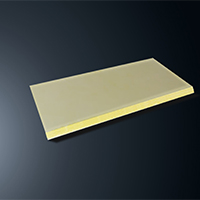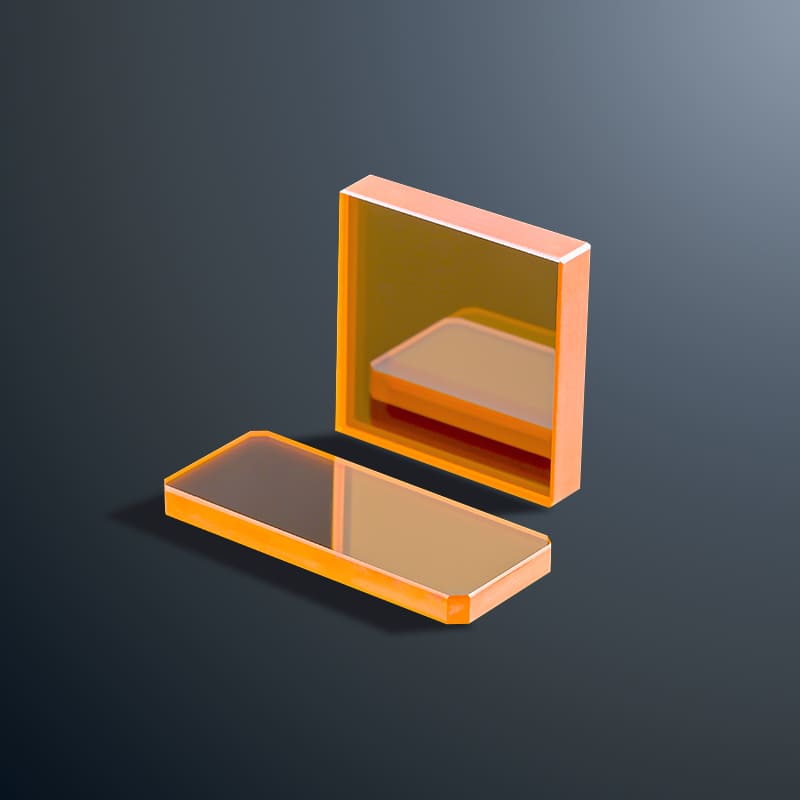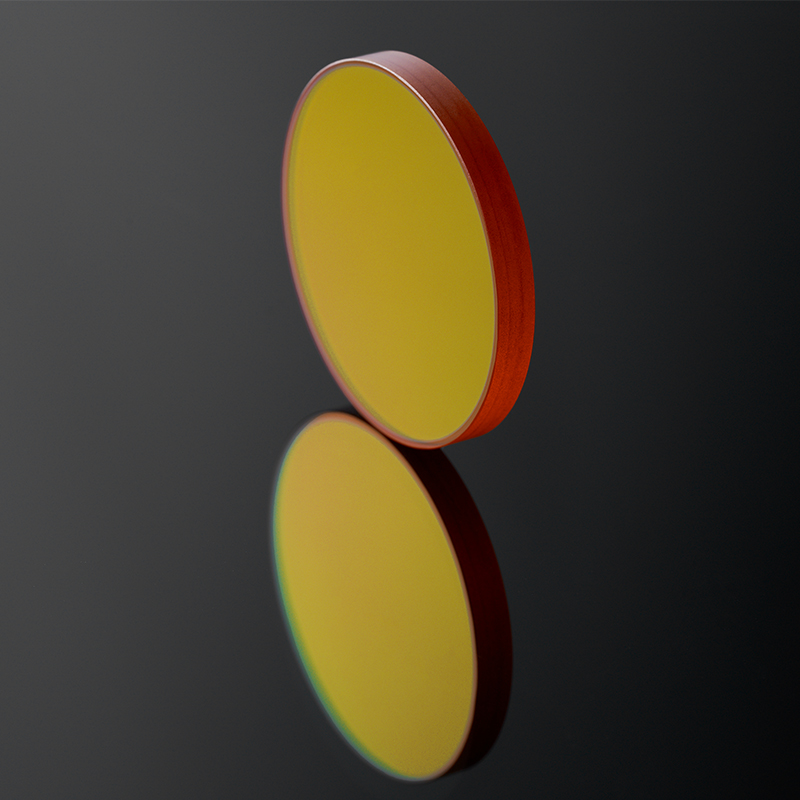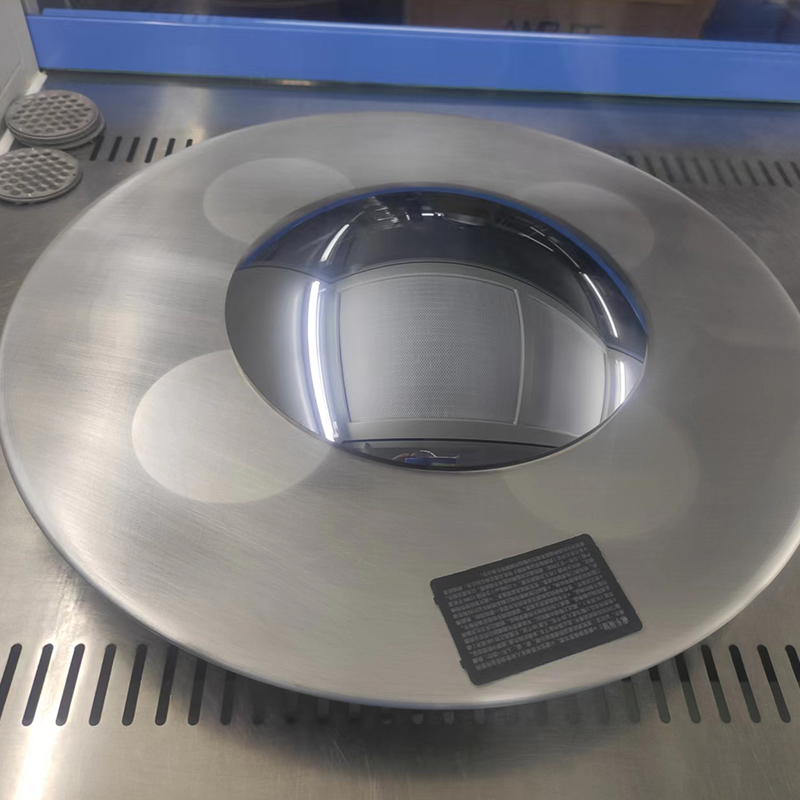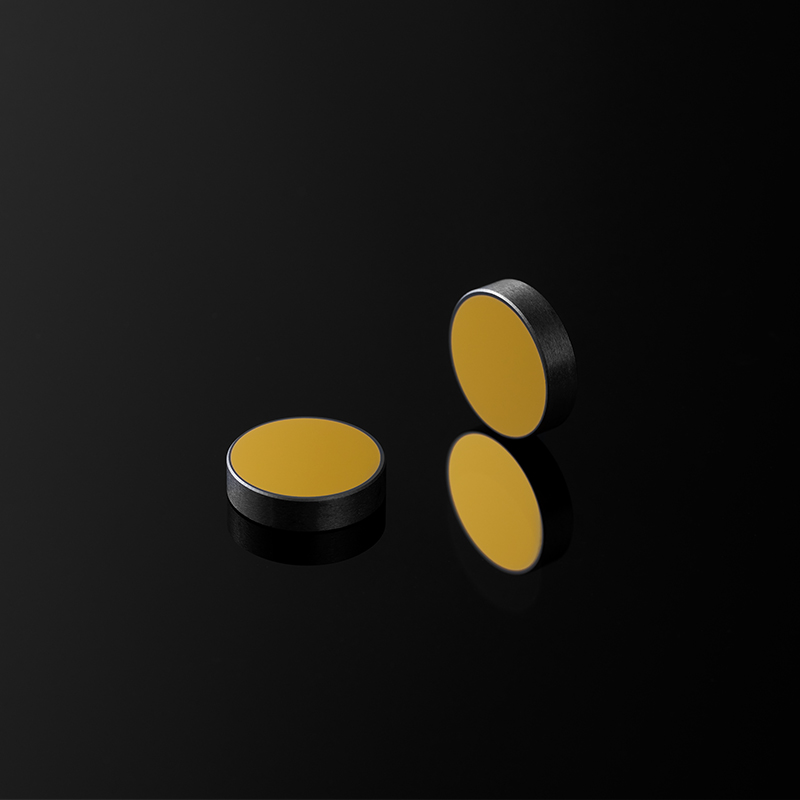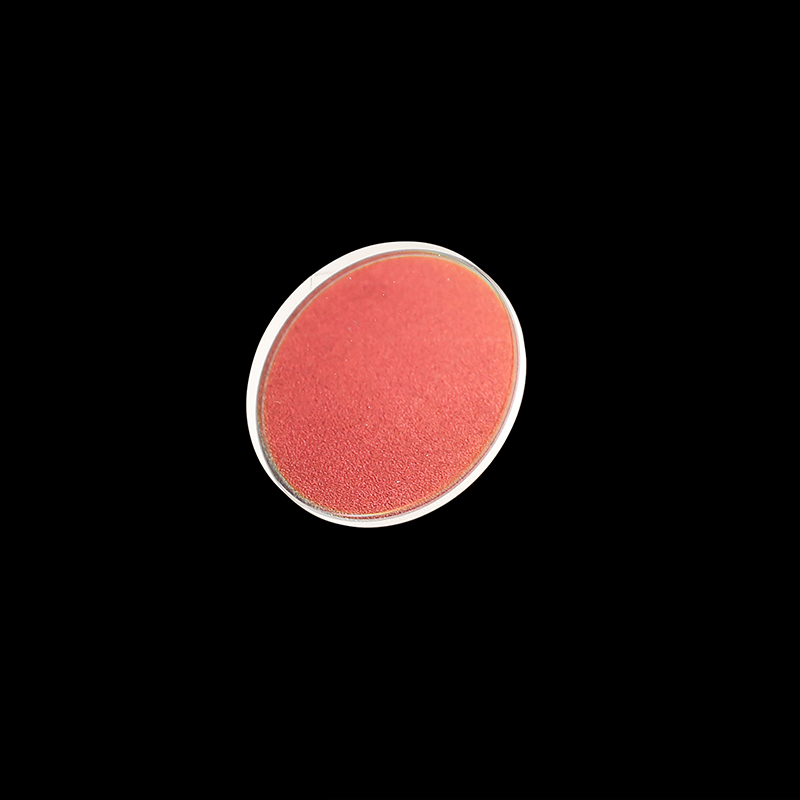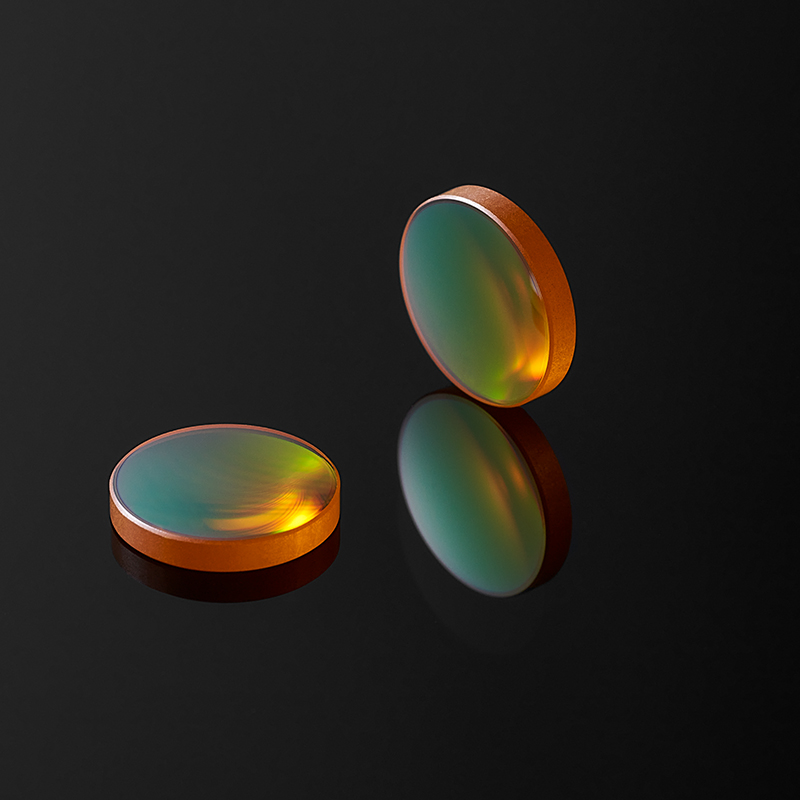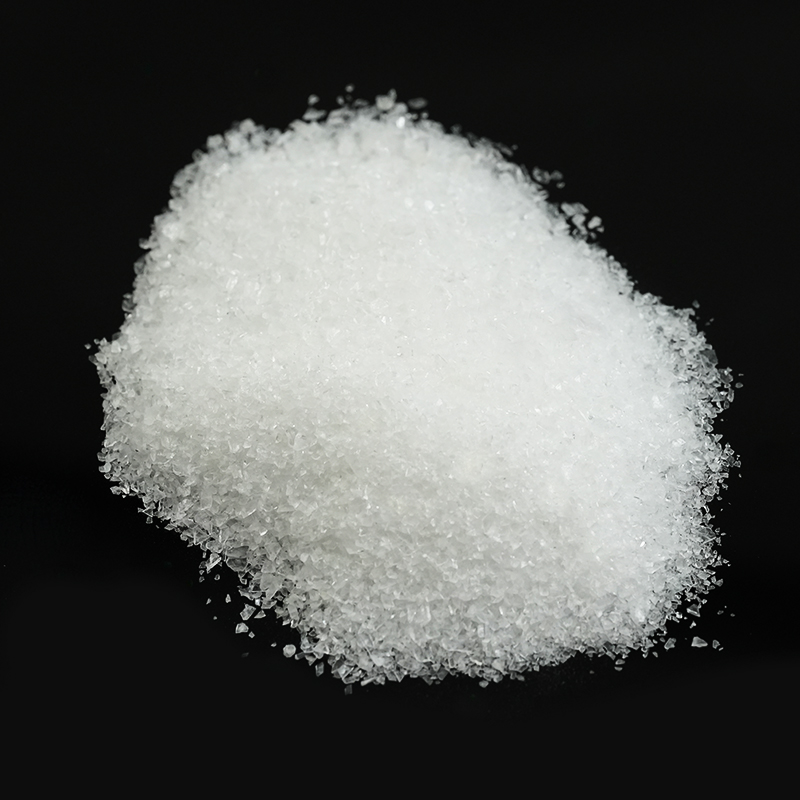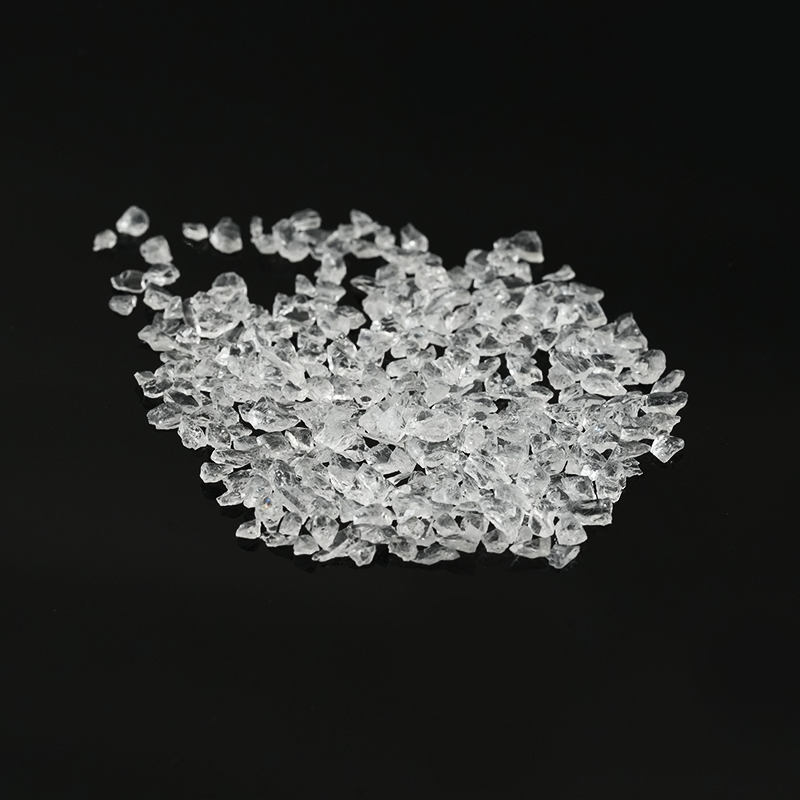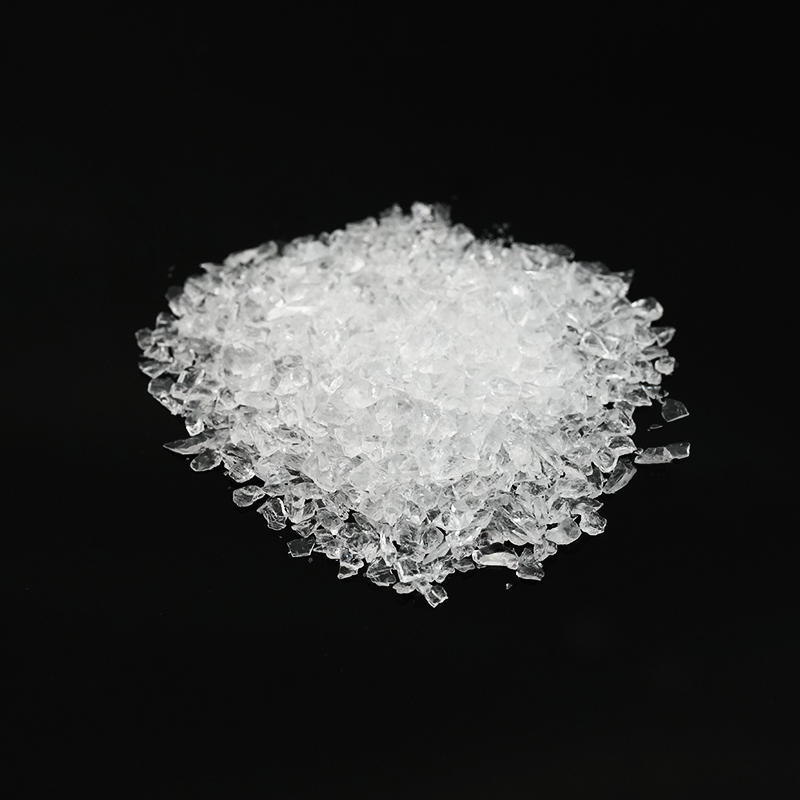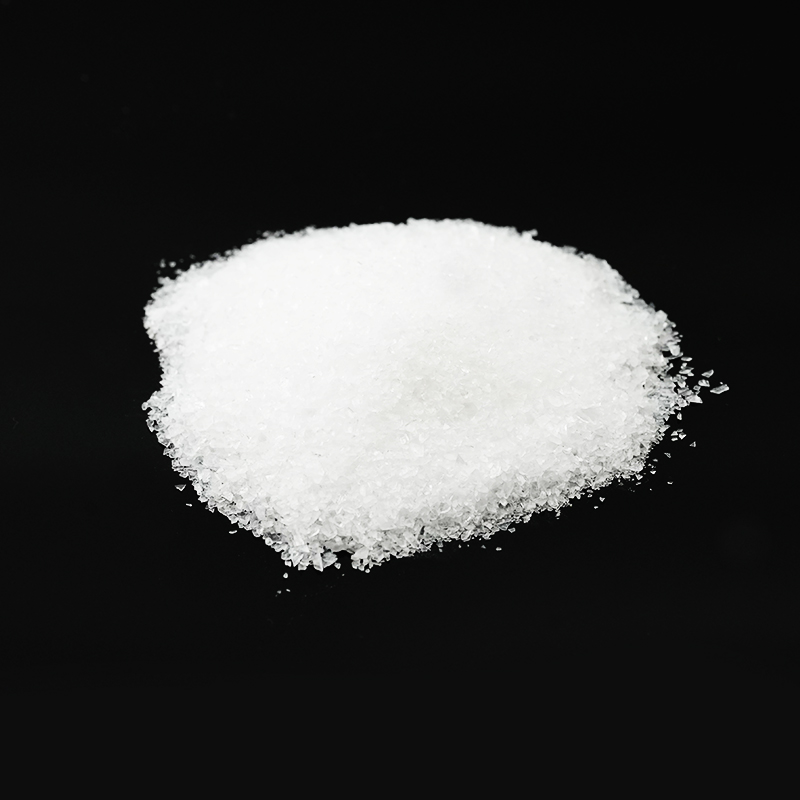-
Um Optics China Light Expo Exhibition Preview
2025-08-08
-
Um Optics Taiwan International Laser Exhibition Preview
2025-08-04
-
Preview of the 16th Um Optics Optoelectronics Industry Expo
2025-06-05
-
Um Optics shines at the 2025 German Sensor Testing Exhibition, connecting the world with innovative technology
2025-05-23
-
What are the applications of biconvex lenses?
2024-05-29
-
What are the applications of flat concave lenses?
2024-05-29
-
What are the applications of flat convex lenses?
2024-05-29
-
What are the applications of zinc selenide crystals?
2024-05-29
-
What are the applications of zinc sulfide?
2024-05-29
-
UM Optics June Nuremberg Exhibition in Germany Preview
2024-05-29
The principle of calcium fluoride luminescence is related to the electron transfer and rearrangement in its crystal structure.
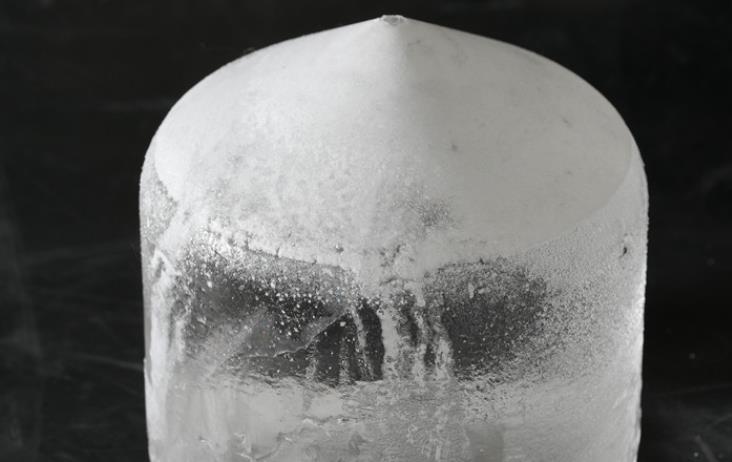
Calcium fluoride is an ionic compound with the chemical formula CaF ₂, which can form transparent crystals. Under specific conditions, such as exposure to ultraviolet radiation in dark environments, calcium fluoride crystals can produce strong fluorescence reactions. The occurrence of this phenomenon is related to the cerium ion in calcium fluoride. When calcium fluoride crystals are excited by ultraviolet radiation, the electrons of cerium ions transition from low energy levels to high energy levels, and this process absorbs energy. Subsequently, when these electrons return to the lower energy level, they release energy, manifested as low-energy fluorescent emission lines. These emitted light can be observed in dark environments, resulting in fluorescence phenomena. The color and intensity of fluorescence are influenced by factors such as the quality, shape, color, and thickness of calcium fluoride.
Overall, the luminescence principle of calcium fluoride involves electron transfer and rearrangement of ions in the crystal, as well as energy absorption and release processes. This phenomenon makes calcium fluoride have broad application value in fields such as optics and fluorescence.

